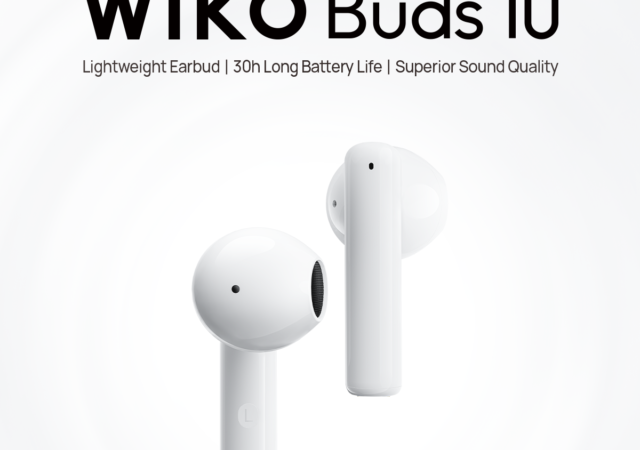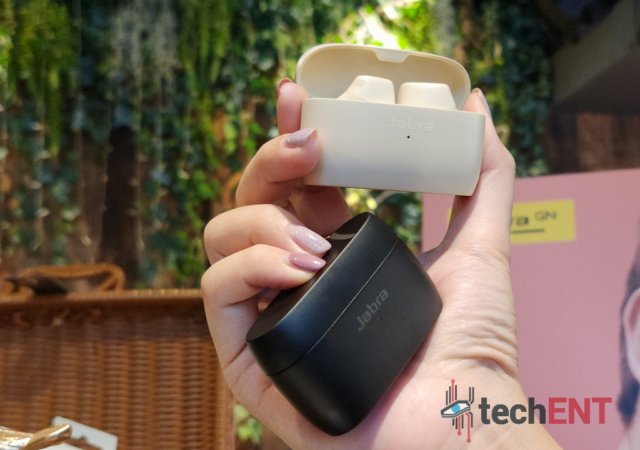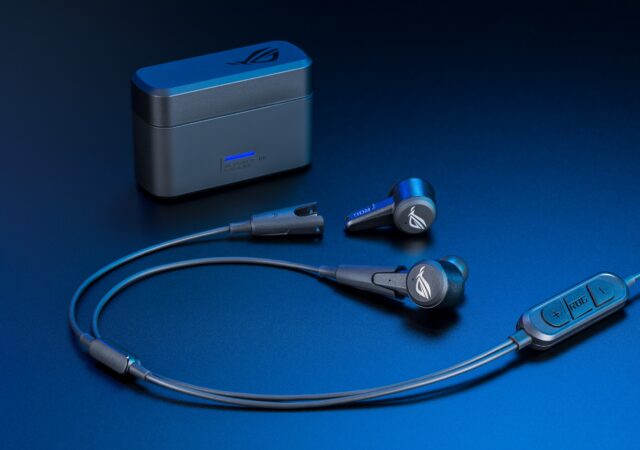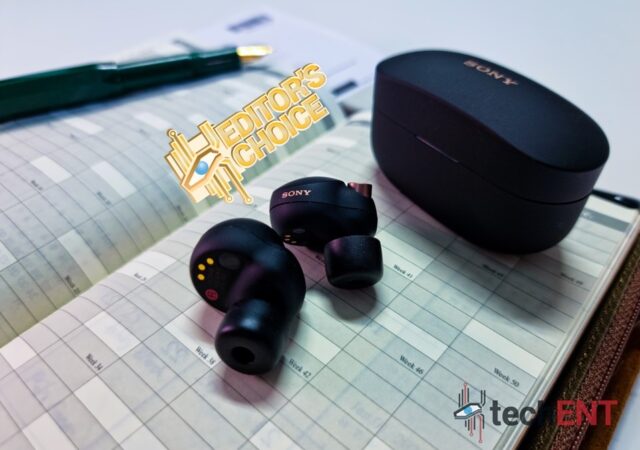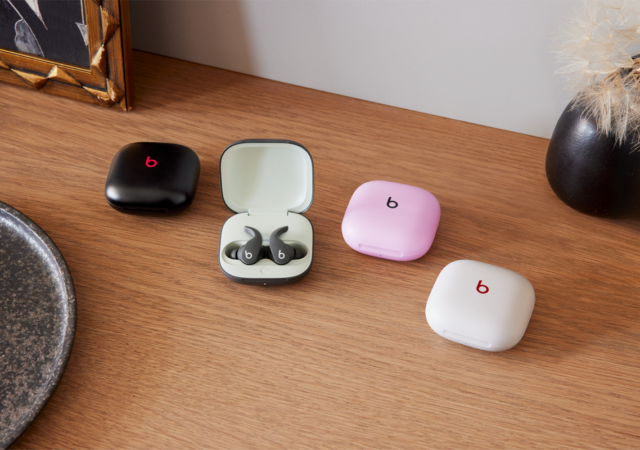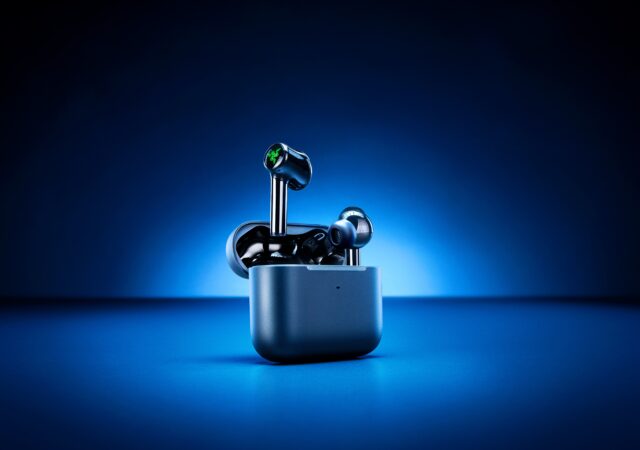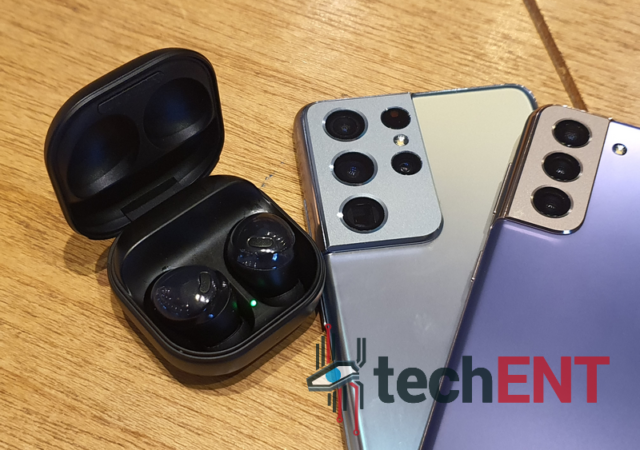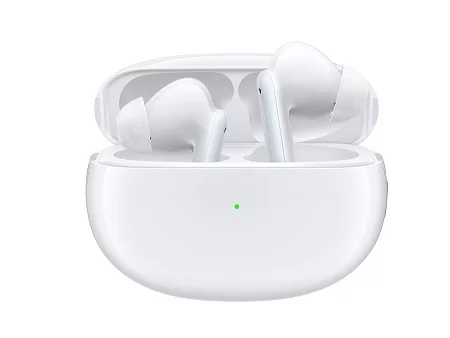Wiko Malaysia has announced the release of their affordable earbuds, the Buds 10 in Malaysia. The French manufacturer’s latest entry into the budget true-wireless earbuds market features 12-mm bio-diaphragm dynamic drivers with copper-coated aluminium armature. This design results in lightweight…
Jabra Elite 5 Available in Malaysia Hot Off IFA 2022
Jabra announces the retail availability of the Elite 5 in Malaysia barely a week after the international announcement at IFA 2022.
Samsung Galaxy Buds2 Pro Announced with Improved Features & Ergonomics
Samsung introduces a new entry into their Galaxy Buds lineup with the Galaxy Buds2 Pro which bring new features and better sustainability.
Audio Switching on Android, Coming Soon by Google
Google introduces a cleverer way to switching audio on your multipoint Bluetooth device with Fast Pair technology.
ASUS ROG Unleashes Latest Headsets with Dual-Mode Connectivity
ASUS ROG has released new gaming audio gears with dual-mode connectivity with the Cetra True Wireless Pro and Delta S series headsets.
Sony WF-1000XM4 In-Depth Review – The Best got Better
We got to try the Sony WF-1000XM4, their next-generation Noise Cancelling True Wireless Earbuds. At MYR 1,099, is it worth it? We find out.
The Beats Fit Pro Brings the Untz While You Workout
Beats announces the Beats Fit pro which run on the Apple H1 processor for spatial sound while you workout.
Razer’s New Hammerhead TWS Earbuds Comes with Razer Chroma RGB and ANC
Razer releases the second-generation Hammerhead TWS earbuds with Bluetooth 5.2, Razer Chroma RGB, and ANC capabilties for MYR 629.
Samsung Galaxy Buds Pro In-Depth Review: Hitting the Right Notes with Room for Improvement
Samsung’s Galaxy Buds Pro is the company’s latest offering when it comes to true wireless earbuds. How does it fair? Find out in our review.
OPPO Enco X Launching in Malaysia Soon!
Update (11/03/21): The OPPO Enco X has launched globally with immediate availability. Official global pricing is EU€ 179 (MYR 879***). We are expecting the TWS earphone to arrive in Malaysia toward the end of March 2021 or early April 2021…



